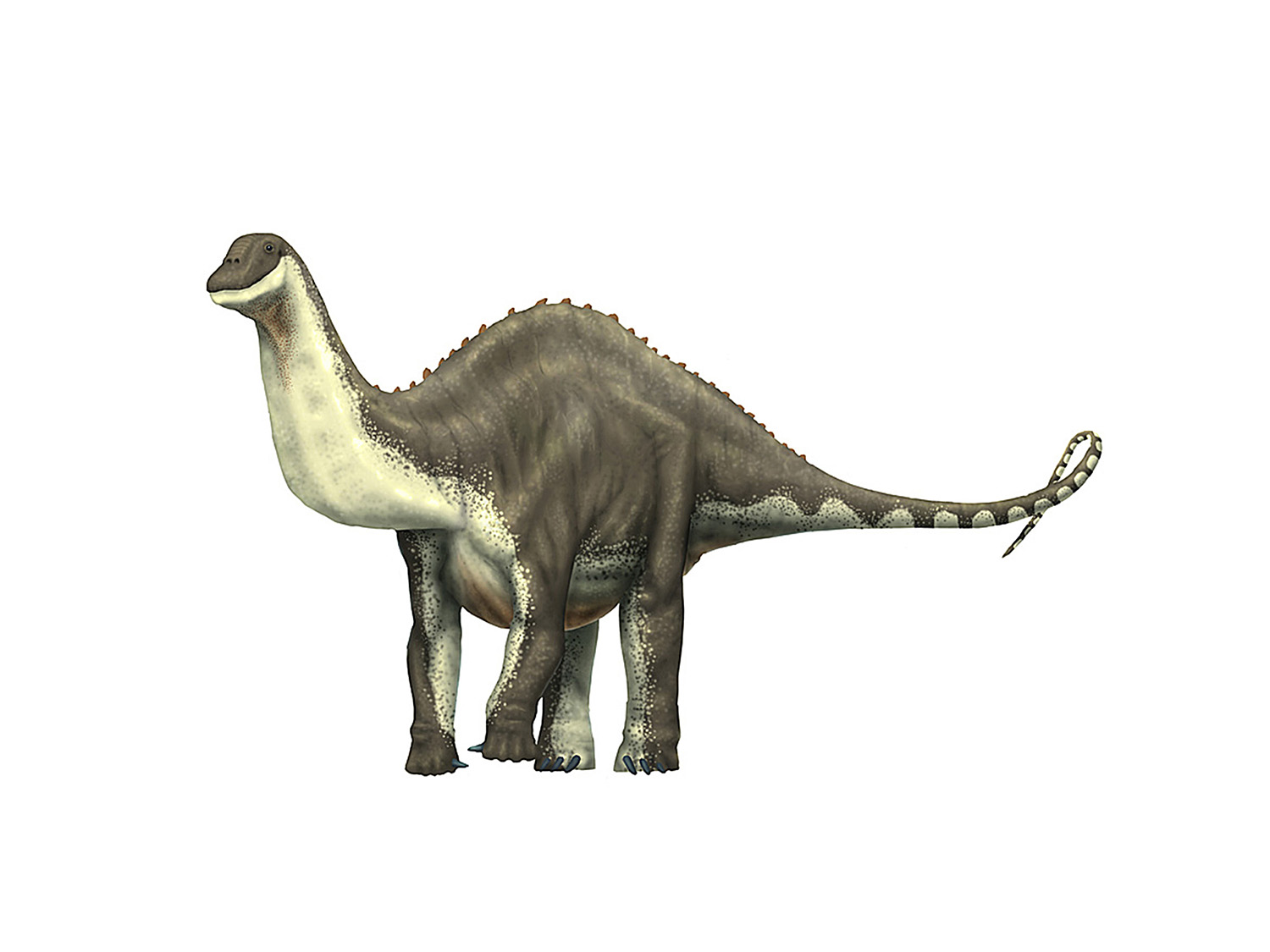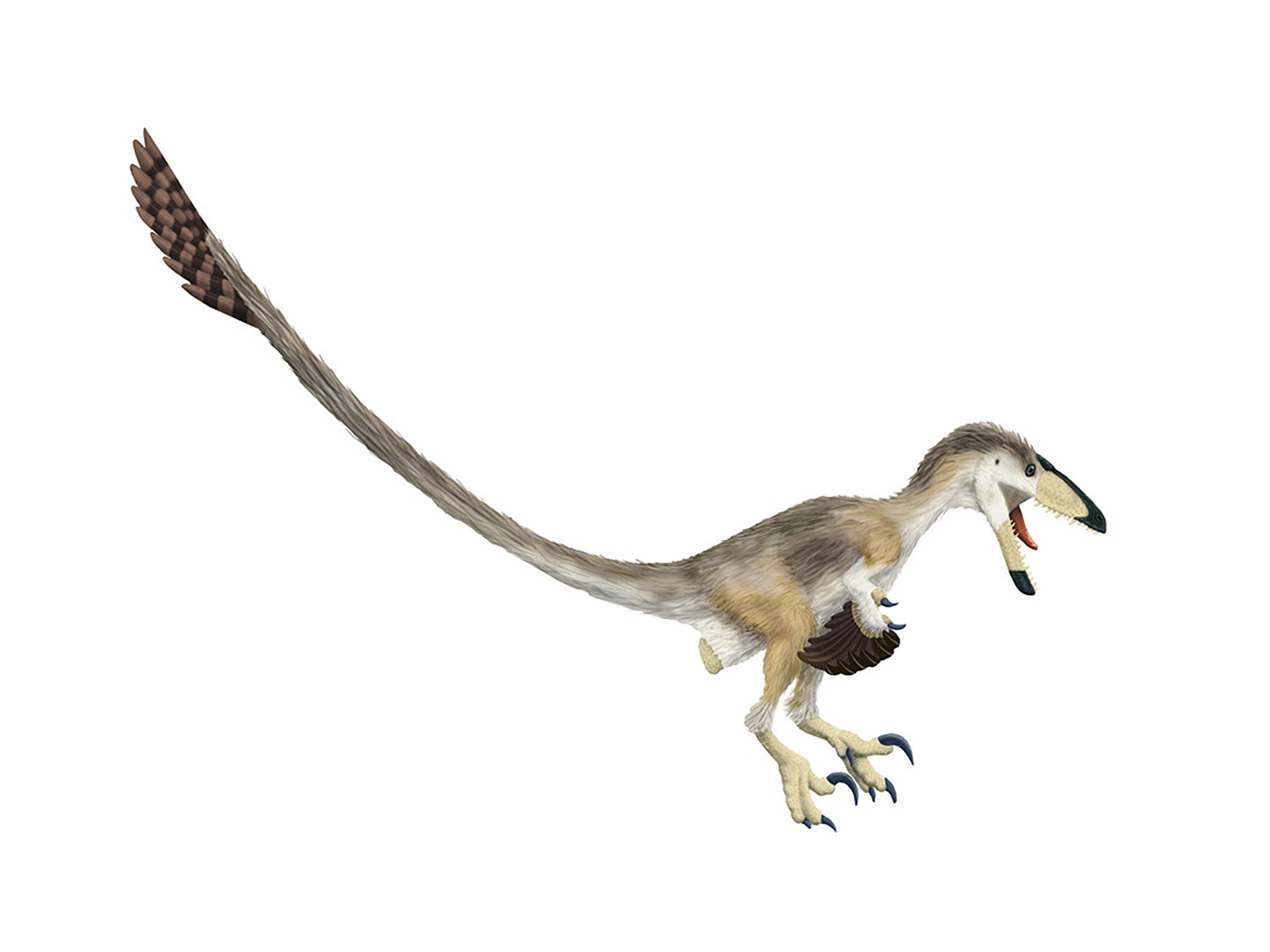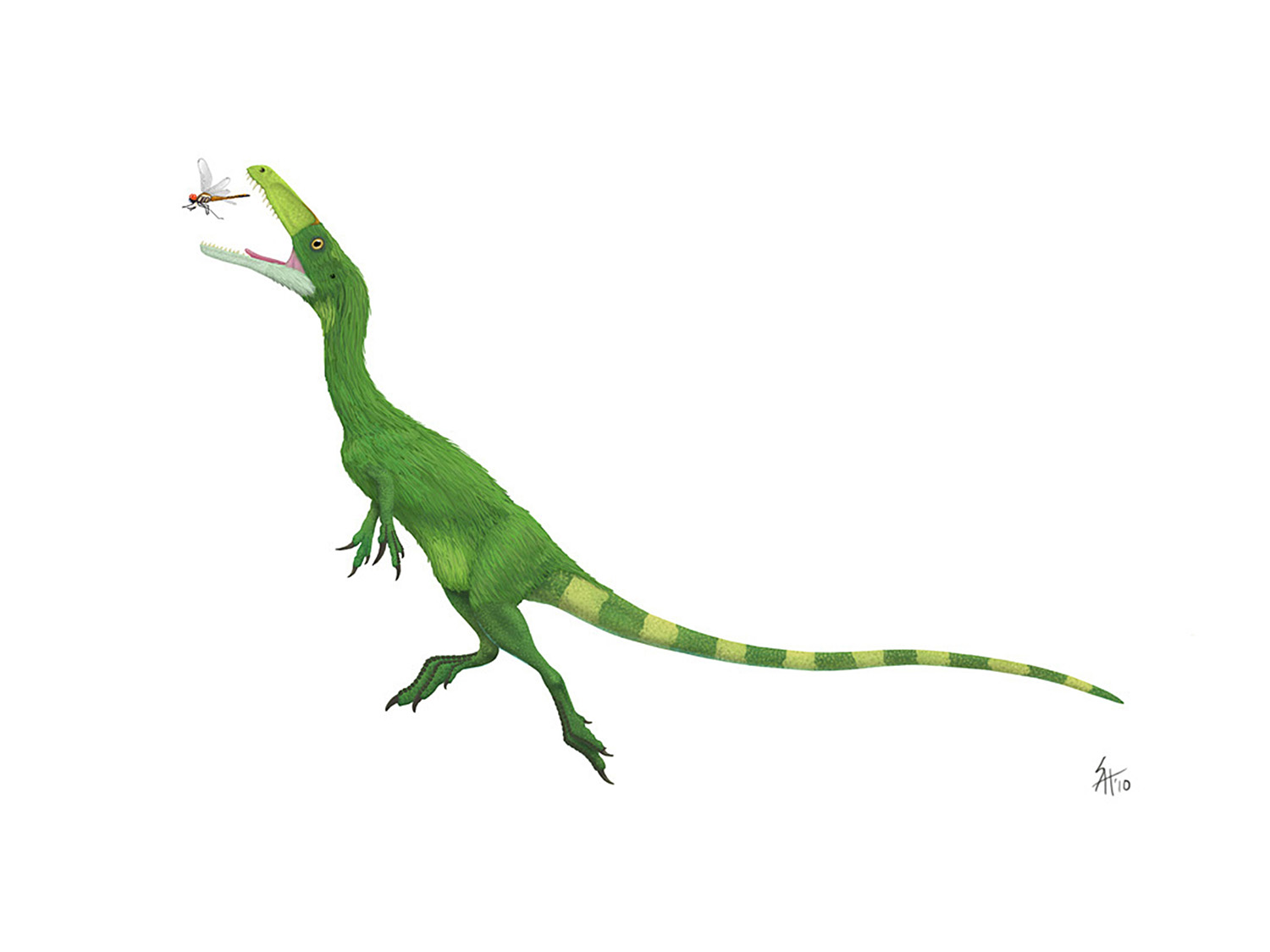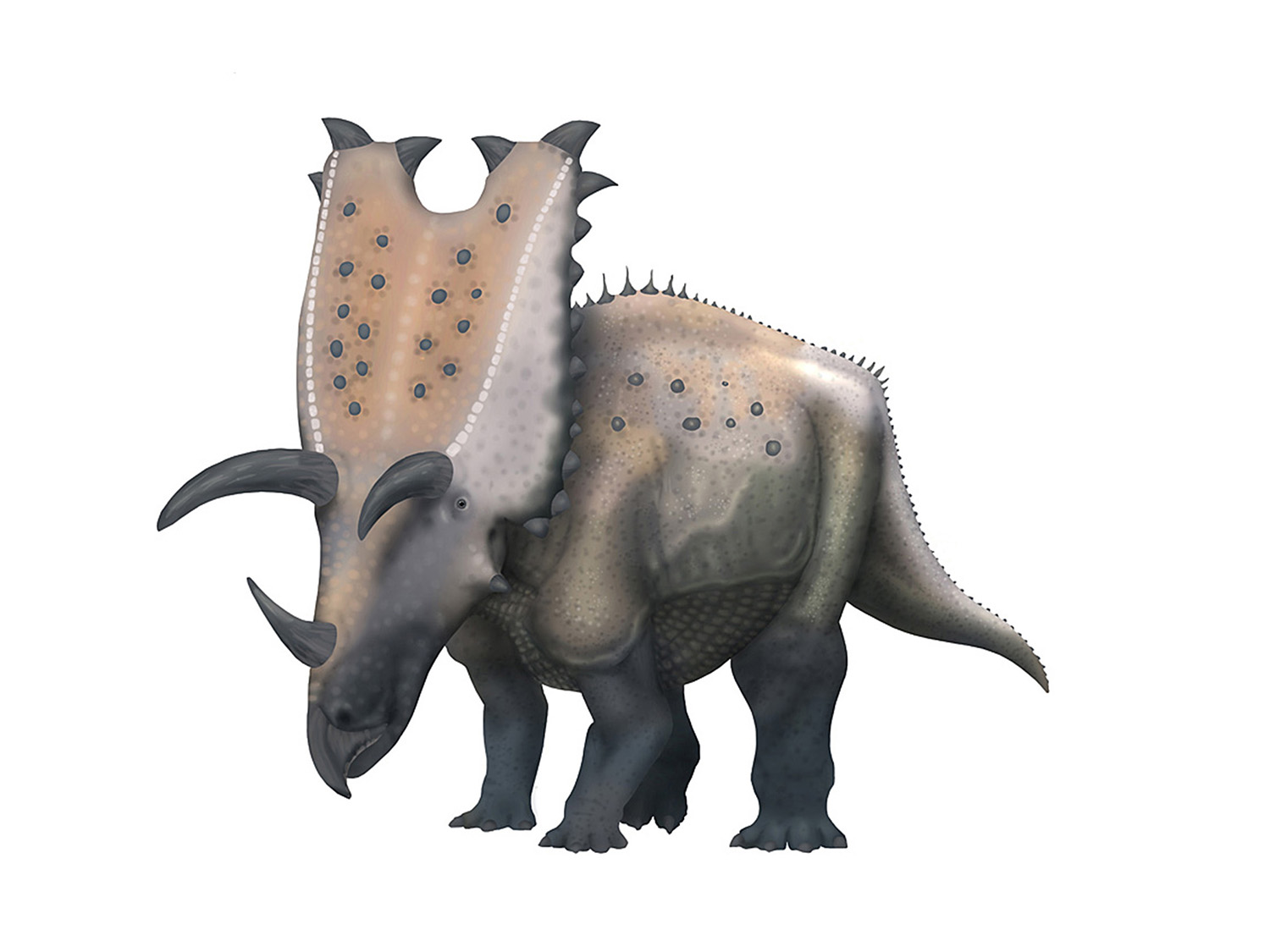Smackdown: Supersaurus vs. Giraffatitan and Diplodocus
/This entry is inspired by a similarly themed post at the always-excellent SV-POW. They compared the size (and neck length) of Supersaurus, Brachiosaurus and Diplodocus. In a stroke of serendipity I read their post as I was reworking my skeletal of the largest specimen of Diplodocus, NMMNH 3690.
NMMNH 3690 is the dinosaur previously known as Seismosaurus hallorum. Most workers have since agreed that it's just a large specimen of Diplodocus, though many still insist upon giving it a distinct species name, D. hallorum. As my coauthors and I noted in 2007, there aren't actually any characters that justify that separation. Even the infamous ischial "hook" was shown to be nothing more than incomplete preparation by Lucas and colleagues a year before our paper. While final word will have to wait until someone does a specimen-level phylogenetic analysis of diplodocines, I will continue to refer the specimen to D. longus for the time being.
But enough taxonomy, the point is that there are larger specimens of Diplodocus to use in this comparison! And while the NMMNH specimen tragically lacks any cervicals, if we scale up the neck from other specimens of Diplodocus we can get a good idea of just how long this genus can stretch out to.
Now that I've rescaled missing elements, I get a full length of just under 32 meters. Which is a really big animal, but far short of the 38-50 meter lengths that were tossed around in the 1990s. Obviously we can't know exactly how long the neck was on this specimen, but assuming that it retained similar proportions to other adult Diplodocus specimens we would be looking at an 8 meter long neck.
That is in the same ballpark as Matt's estimate for Brachiosaurus, but of course the eponymous North American brachiosaurid isn't known from many more published cervicals than NMMNH 3690 is. So instead of Brachiosaurus I decided to use the better known Giraffatitan. There are some reasonably complete cervical series for Giraffatitan and much better scaling constraints all around. For everyone's favorite specimen on display in Berlin (HMN SII) I get a neck length of almost 9.5 meters. Another specimen of Giraffatitan (HMN XV2) has a tibia that is reported to be 13% longer, so assuming isometric scaling we would be talking about a neck length of 10.8 meters, which is pretty darn long!
How long you ask? It's about the same length as you would get scaling up Alamosaurus to the largest tibia that has been referred to it (which puts it up in the range of giants like Puertasaurus and Argentinosaurus), so about as long as the neck of any titanosaur. Up till now it would appear macronarians may lay claim to the longest neck (and potentially total length) of any dinosaur.
Wait, what's that up in the sky? Well heck, I guess it couldn't be Supersaurus since getting any adult sauropod off the ground would fraught with...difficulties. But Supersaurus is indeed the taxa we want to examine in this neck-size measuring contest.
At the Wyoming Dinosaur Center I was fortunate enough to work on the most complete specimen of Supersaurus, which had much better representation of the neck. As a result I feel confident in estimating the neck of the WDC specimen as almost 11 and a half meters long. Of course the type specimen from BYU is larger yet. In our 2007 paper we diagnosed "The Spaceship" specimen, BYU 9024 as being either the 10th or 11th vertebrae of the neck, which makes it roughly 6.5% longer than the equivalent vertebrae in the WDC specimen. So to the best of my abilities I would estimate that the neck of the BYU Supersaurus is 12.14 meters in length, a bit smaller than the 13.3 meters Mat come up with in the SV-POW blog.
Why the difference? Since Matt is working from a single neckbone he was understandably looking for an entire sauropod neck series that can be scaled up or down based on the BYU cervical. But the WDC specimen shows that as you get closer to the head the individual neck vertebrae get disproportionately smaller than in other diplodocids.* So while Supersaurus had a heck of a neck, I can't see it stretching out quite as long as some previous estimates (which put it up in the 15 meter range).
If you made it this far you deserve to see what all this looks like. So here are most of the specimens we've been talking about, with my 6 year old daughter and myself for scale:
Dinos from left to right: Giant Alamosaurus tibia, Giraffatitan (HMN SII), Supersaurus (WDC) and Diplodocus (NMMNH).
We've looked at some pretty large dinosaurs today; some of them are among the biggest creatures to ever walk the Earth. But to keep things in perspective, that's a blue whale at the top of the image. It's scaled to be a large well-fed specimen of 30 meters and around ~170 tonnes, far from the largest individual ever reported. And while several of the biggest sauropods may have been a bit longer than the biggest whales, notice that you could fold up all four of these sauropods and shove them inside the same amount of space. That's HUGE.
* Why should Supersaurus have anterior cervicals that drop off in size so rapidly? One possibility is that the the atlas/axis complex may have a maximum functional length to properly support the muscles that turn and position the head. If so that could place a developmental constraint on how rapidly cervical length can increase anteriorly. But this is just spitballing into the evo-devo wind.
Addendum: Based on Mike Taylor's question below I double checked the scaling on Giraffatitan and it was slightly too large. As a result I've updated the image and the text, with the cervical length of HMN SII revised from almost 10m to 9.5, and the neck of the larger HMN VX2 revised down from 11.2 down to 10.8 meters. See discussion in the comments for other details.




















